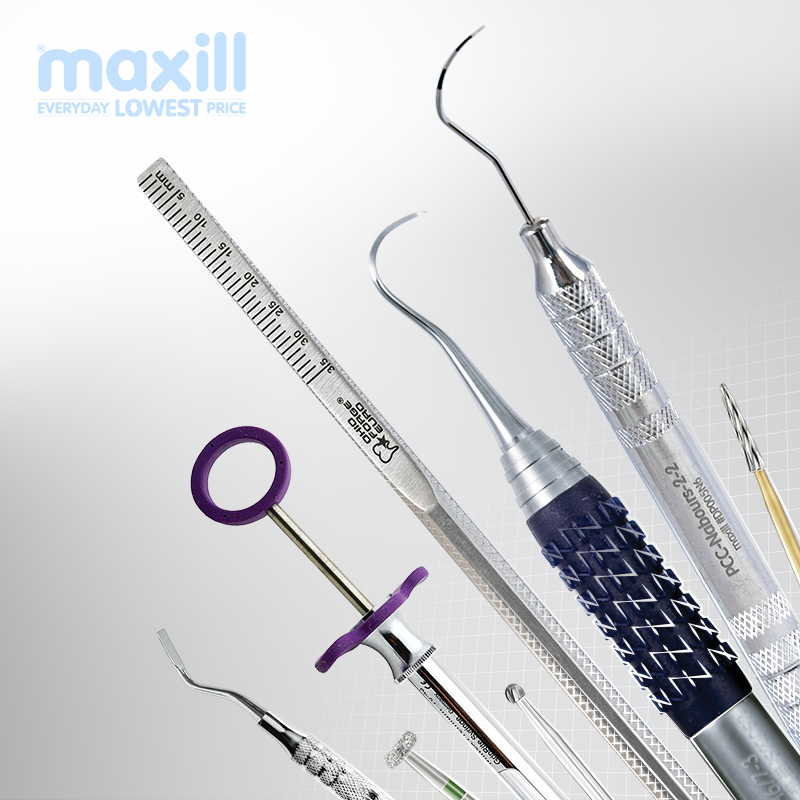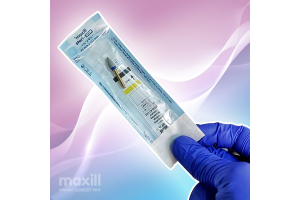Dental Instruments And Tools

Dental instruments are an essential part of any dental practice. They're used for a variety of tasks, from routine cleanings and check-ups to more complex procedures such as root canals and extractions. In this article, we'll explore the different types of handheld dental instruments, their history, and what they're used for.
History of Dental Instruments
The use of dental instruments dates back to ancient times. Archaeological finds suggest that dental instruments were used as far back as 7000 BC in the Indus Valley Civilization. These early instruments were made of bone and were used to remove teeth or relieve pain. Over time, dental instruments have evolved and become more sophisticated, with new materials and designs allowing for more precise and efficient dental procedures.
Types of Dental Instruments
There are many types of handheld dental instruments used in modern dental practices. These instruments can be classified into several categories based on their functions. Here are some of the most commonly used types of dental instruments and their functions:
Diagnostic Instruments
Diagnostic instruments are used to examine and evaluate the condition of a patient's teeth and gums. These instruments include mouth mirrors, explorers, and probes. Mouth mirrors are used to reflect light and give the dentist a better view of the patient's mouth. Explorers and probes are used to detect cavities, gum disease, and other dental problems.
Periodontal Instruments
Periodontal instruments are used to clean and maintain the health of the gums and the supporting structures of the teeth. These instruments include scalers, curettes, and periodontal probes. Scalers are used to remove plaque and tartar from the teeth, while curettes are used to clean below the gumline. Periodontal probes are used to measure the depth of gum pockets and detect gum disease.
Restorative Instruments
Restorative instruments are used to prepare and place dental restorations such as fillings, crowns, and bridges. These instruments include excavators, chisels, hatchets, and burnishers. Excavators are used to remove decayed tooth material, while chisels and hatchets are used to shape and contour the tooth. Burnishers are used to polish the surface of the restoration.
Endodontic Instruments
Endodontic instruments are used in root canal procedures to remove the infected or damaged pulp from the tooth's root canals. These instruments include files, reamers, and broaches. Endodontic files are used to clean and shape the root canals, while reamers are used to enlarge them. Broaches are used to remove debris from the canals.
Surgical Instruments
Surgical instruments are used in more complex dental procedures, such as extractions and implants. These instruments include forceps, elevators, and implant drivers. Forceps are used to grip and remove teeth, while elevators are used to loosen them from the socket. Implant drivers are used to place dental implants.
Conclusion
Dental instruments are crucial components of any dental practice. With the right instruments, dental professionals can provide high-quality care and ensure the best possible outcomes for their patients. By understanding the different types of dental instruments and their functions, dental professionals can select the appropriate instruments for each procedure and perform their tasks with confidence and efficiency.
maxill is a leading provider of world-class dental instruments, infection control, oral care, and single-use procedurals items.





